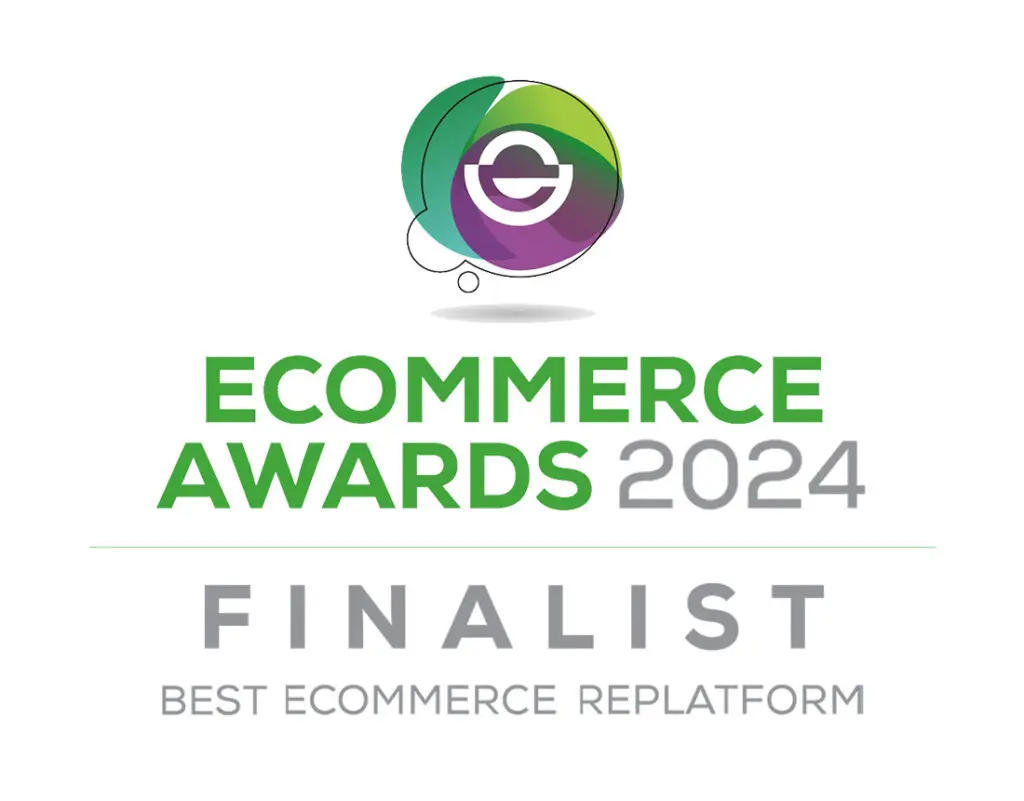Should you consider in-house solution web development for your B2B ecommerce platform as part of your digital transformation plans?
We decided to look at some of the key issues you should be thinking about before you take the plunge.
Benefits of in-house B2B ecommerce development
With your own dedicated team of developers focusing on your specific ecommerce requirements you can create a solution that meets your exact specification without compromise. Your team will be on-hand so communication will be simplified, changes and updates will be fully aligned with your business strategy and can be implemented as you need them. In short: you have complete control.
What's the alternative? Depends on your requirements.
When making your decision, you will want to fully understand the scale of your project.
While every business is unique and requirements vary across market sectors, many high-quality third-party platforms offer a wide range of ecommerce functionality. Add to this the expanding community of ecommerce designers and developers and you will find that solutions are already available for even very sophisticated needs.
Before investing significant time and money to create an in-house solution you will want to evaluate and clearly specify your requirements. This will involve analyzing your business to understand whether you use special processes or need unique features that will require a truly bespoke solution. There’s a good chance the fundamental ecommerce challenges you face have already been explored and resolved.
The next step is to review the market to understand what is already available that could be customized to meet your needs. You will also want to know that you can create a stable and scalable platform that will meet your requirements now and in the future. Depending on your in-house skills, there’s a risk that the solution you create might not be as effective as those that already exist.
Evaluating existing ecommerce platforms
To understand the scope of your in-house project you will need to create a framework that includes your baseline requirements and your expected ongoing cost of ownership. To make the best choice for your business you will need to specify your infrastructure requirements, evaluate your database, understand the latest front-end technologies, and what will be required to manage current standards, tools and best practices.
You are likely to depend on a few key team members with specialist knowledge of your system. You will need to invest in continuous training to keep your in-house team up to date. It’s also important to be aware of the risk that team members might leave and that their knowledge and skills could be hard to replace.
✓ YOUR INVESTMENT
The cost of building and operating an enterprise-level B2B ecommerce solution will be significant. When considering an in-house option compared to other solutions available on the market you will want to be sure that you look at the total cost of ownership (TCO) and not just the set-up costs. Internal hosting, operations teams, maintenance and security can be expensive to run.
You will also want to consider whether your future requirements might include progressive web apps (PWA) or extensible microservices that will allow your teams to use the best tools to meet your requirements. If you don’t have this type of flexibility you could find that your in-house platform holds back your business growth.
✓ SECURITY
Cybercrime and security breaches are ever-present risks for ecommerce businesses. Even the world’s largest corporations have been affected and while they have the resources and infrastructure to respond, many have experienced financial and reputational damage as a result. For smaller organizations the risk of an attack and the operational overheads to prevent it are simply too big.
✓ USABILITY
Your in-house team of ecommerce designers and developers could become isolated from other key parts of your business. As your ecommerce solution becomes embedded in your day to day operations, your technical experts could be overwhelmed with requests for changes and improvements outside the scope of your original vision. Project management and communication can become significant overheads.
✓ CONSIDER YOUR OPTIONS
An increasingly popular alternative to in-house development is a software as a service (SaaS) ecommerce solution like Cloudfy.
Designed from the outset to meet the needs of business to business (B2B) organizations, Cloudfy offers a comprehensive range of functionality out of the box, integrations with leading business systems, and a powerful application programming interface (API) for customization.
You will benefit from the team’s experience and knowledge to meet your specialist ecommerce needs along with and regular upgrades and improvements to keep you at the forefront of ecommerce developments.
Your ecommerce solution can be up and running in a matter of weeks rather than months or even years and you can be confident that it will be secure, fast, reliable and scalable. It’s easy-to-use dashboard allows team members from different departments to be involved in your ecommerce operations without specialist skills.
Cloudfy is available on a subscription basis, so you will also have a clear picture of your costs from the very beginning.
Before making your decision about an in-house project explore the powerful and flexible ecommerce features available with Cloudfy. Contact us now to schedule your complimentary demo.






